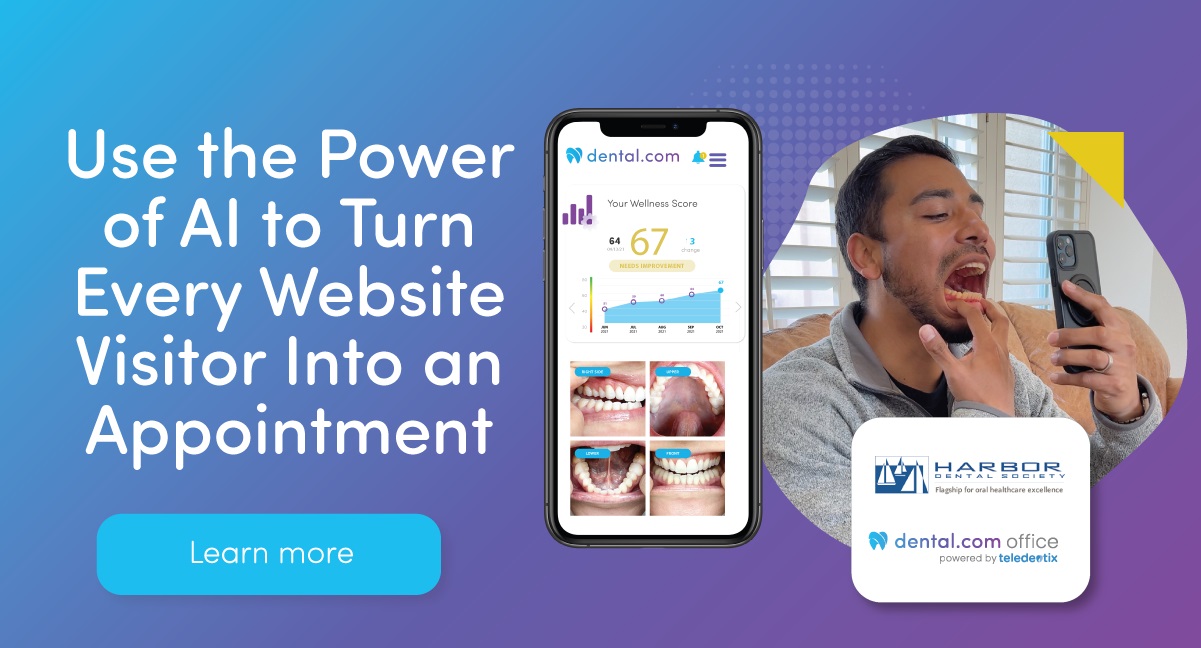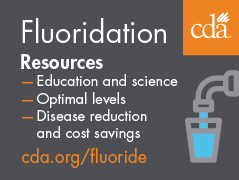Most patients are familiar with the general dentist. The general dentist provides comprehensive services ranging from dental examinations to dental surgery.
Dentists may have received a DDS degree or a DMD degree. Dental schools in the United States must meet the same accreditation standards and there is no difference between the two degrees.
While most dental procedures can be provided by the general dentist, a patient may be referred to a specialist if the general dentist feels particular expertise is necessary.
The American and California Dental Associations (ADA and CDA) recognize nine types of specialists:
- Endodontist
Deals with the prevention, diagnosis, and treatment of disease, and injuries of the internal soft tissue of the tooth (root canals). - Oral And Maxillofacial Surgeon
Treats injuries and deformities, extracts teeth, and performs surgery of the mouth, jaw, and face. - Orthodontist
Prescribes and places corrective devices, such as braces, to align teeth and improve health and appearance. - Pediatric Dentist
Specializes in the dental health of children from birth to adolescence, including children with special health care needs. - Periodontist
Treats gum disease. - Prosthodontist
Designs and fits bridge-work and dentures. - Public Health Specialist
Coordinates and administers community-wide oral health programs, including public education on the prevention of oral health diseases
Oral and Maxillofacial Radiologist
Uses imaging and associated technology for diagnosis and management of a range diseases affecting the mouth and jaw, and related areas of the head and neck. - Oral and Maxillofacial Pathologist
Specializes in the identification and management of oral diseases. Investigates the causes, processes, and effects of these diseases.
Members of the Dental Team
Who Does What
The Dentist
The dentist is responsible and accountable for everything that goes on in the dental office. Only the licensed dentist is educated and trained to diagnose oral health problems, plan treatment, or prescribe medication.
Under supervision, the licensed dentist may delegate certain phases of dental treatment to members of the dental auxiliary team.
The Dental Hygienist
There are three categories of dental hygienist:
- Registered Dental Hygienist (RDH)
- Registered Dental Hygienist in Extended Functions (RDHEF)
- Registered Dental Hygienist in Alternative Practice (RDHAP)
The dental hygienist (RDH) uses knowledge and skills to help prevent and detect oral disease, clean teeth, apply preventive materials to the teeth, and instruct patients in all facets of oral hygiene.
The RDHEF may perform all the duties of an RDH plus has completed additional education/training that allows them to perform additional duties beyond those allowed for an RDH.
The RDHAP may perform all the duties of an RDH plus has completed additional education/training that allows them to perform additional dental hygiene services in several settings outside the dental office, which include residences of the homebound, schools, residential facilities, and other institutions.
The Dental Assistant
There are three categories of dental assistant.
- Dental Assistant (DA)
- Registered Dental Assistant (RDA)
- Registered Dental Assistant in Extended Functions (RDAEF)
Under the supervision of the licensed dentist, the dental assistant (DA) may perform duties such as preparing patients for dental treatment, preparing materials to be used in dental procedures, assisting the dentist at chair side, and taking and processing x-rays. This category does not hold a license.
The RDA performs all of the tasks and procedures of the dental assistant, but because of their licensure status are permitted to perform other dental treatment procedures within the scope of their license.
Like the RDA, the RDAEF can perform all of the tasks and procedures that dental assistants are able to perform, but as a result of their additional education/training and licensure, are allowed to perform additional dental treatment procedures within the scope of their license.
In addition the RDA and RDAEF can pursue additional specialty permits. The two permits that can be earned are the Orthodontic Assistant Permit and the Dental Sedation Permit. Both of these designations allow for additional functions to be performed. By designations require additional training and testing.
Dental offices are required to post a list of allowable dental auxiliary duties in the office.







